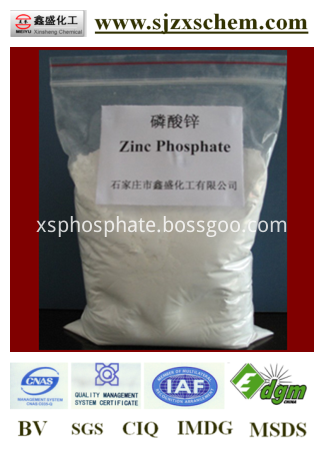The disaster-hit corn is subjected to locust disaster during germination and emergence, which is easy to cause soil compaction, ground temperature drop, poor ventilation, affecting seed germination and emergence, and should loosen the soil in time to facilitate warming and ventilation; before corn jointing to tasseling, especially large bell mouth Before the period, when the male and female ears and some leaves have not been extracted, they suffer from locust disasters. As long as the unextracted leaves are not damaged and the roots are left, as long as timely cultivating, fertilizing and strengthening the field management, generally better harvest is obtained; In the case of disaster relief, the ability of plants to restore growth is worse, which has a greater impact on yield. According to the survey, corn that has been cut off by the hail can not resume growth; if the ear section is intact, management should be strengthened in time to promote plant growth and reduce yield loss. Windstorms In July and August, there are often violent storms that cause corn to fall or stems. Corn that has fallen or stems before maturity should be raised in time to avoid back pressure and affect photosynthesis. For the inverted corn, if it is only rooted, the plant can be straightened; if it is a stem, several plants should be bundled together to support the plants. Relief corn is a crop that requires a large amount of water and is not resistant to cockroaches. When the soil moisture exceeds 80% of the field water holding capacity , the growth and development of the plant is affected, especially in the seedling stage, the performance is more obvious; corn growth In the later stage, under high temperature and rainy conditions, the rhizosphere often suffers from necrosis due to lack of oxygen, resulting in rapid decline in viability, and the plants are unripe and dry, which has a great impact on yield. According to the survey, the corn is generally accumulated for 1 to 2 days before and after the tasseling , and the impact on the yield is not obvious. The accumulated water is reduced by 20% in 3 days , and the accumulated water is reduced by 40% in 5 days . For corn that has suffered from locusts, it is necessary to eliminate the accumulated water in the field, reduce the soil and air humidity, and promote the plant to resume growth. When it can land, timely cultivating and cultivating the soil to break the knot, prevent lodging, improve soil permeability, and make the plant The roots should resume normal physiological activities as soon as possible; timely application of quick-acting nitrogen fertilizers to accelerate plant growth and reduce locust losses. (Wang Yutang, Dongping County, Shandong Province) Source of information: Farmers Daily
Product name Zinc Phosphate
CAS No 7779-90-0
EC No 231-944-3
Chemical formula Zn3(PO4)2.2H2O
Appearance White Powder
Storage Keep the product in a tightly closed container ,Isolate form any source of heat or ignition and moisture
Packing unit 25kg Poly Propylene bag & 500kg Poly Propylene bag,
Any size customers want.
Application Material for anti-corrosion paint used in container,
Ship and steel structures .Electronic materials
Goods characteristics White Powder.
Soluble in acid or alkali solution ,insoluble in water or alcohol.
CHEMICAL ANALYSIS
★ Product grade: Superfine-level
TEST ITEM
UNIT
REQUIREMENT
Whiteness
%
80-90
Zn
wt.%
Min45
PO4
20-30
Moisture
wt.%
Max1.0
Oil absorption
ml/100g
25-35
The PH Value
-
6-8
Residue on sieve (1000mesh)
wt.%
Max0.5
Mean Particle Size
μm
13
Superfine-Level Zinc Phosphate Superfine-Level Zinc Phosphate, Anticorrosive Pigment Zinc Phosphate, Zinc Phosphate Pigment, Anti-Corrosion Chemical Zinc Phosphate shijiazhuang city xinsheng chemical co.,ltd , http://www.xsphos.com
Summer corn defense "three disasters"
Total 1 | <First <Prev 1 Next> Last> |
share to: